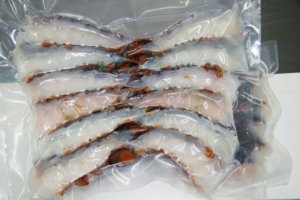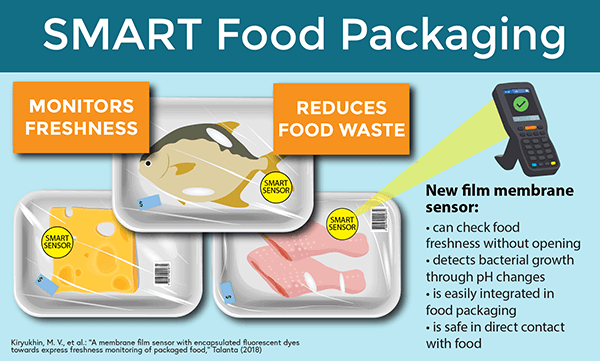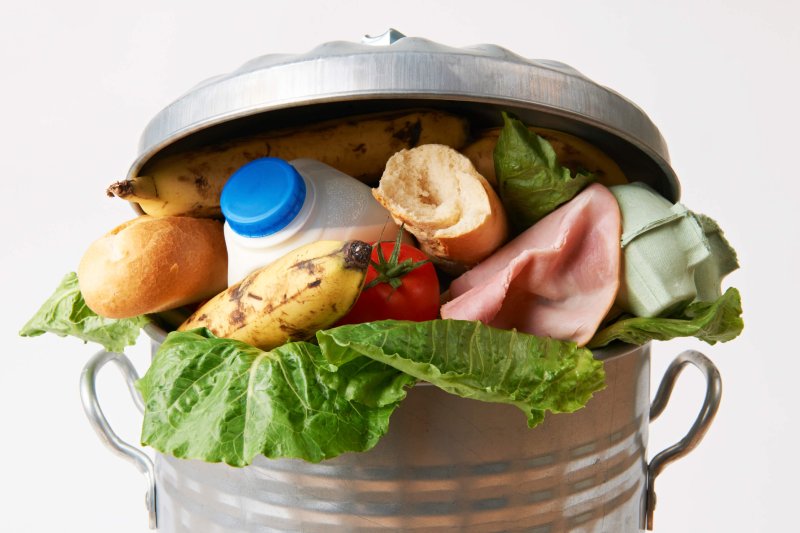In 2015, the United Nations adopted 17 Sustainable Development Goals (SDGs) to address the world’s most pressing political, environmental and socioeconomic challenges by 2030. Among these goals is the audacious task of providing quality food to everyone—irrespective of race, gender, nationality, geographical location, level of education or societal status.
Significant economic and agricultural developments have moved us closer to this food security goal. For example, expanded access to GMO crops has increased crop yields in dozens of developing countries, boosting incomes and providing more food for hungry people. But the problem is far from solved. According to the United Nations, more than 830 million people are malnourished globally, a significant increase from 784 million people in 2015.
These troubling statistics are often used to justify the claim that we need to continue increasing food production in the developing world. And while that’s certainly true, the fact remains that food spoilage is one of the leading causes of hunger around the globe, according to the United Nations Food and Agricultural Organization (FAO). We therefore need to utilize the latest scientific tools not only to boost crop yields but also to preserve the safety, quality and shelf-life of the food we already produce so it can benefit the impoverished people who need it.
Fighting food spoilage

The most important measure we can take to surmount this challenge is to investigate the causes and mechanisms of food spoilage. My research over the past four years has focused on understanding the mechanisms behind spoilage caused by microorganisms, which helps scientists design preventive interventions that extend the shelf-life of food. This is crucial during the production of seafood, for instance, because fish are important sources of protein and other nutrients required for proper human development, and are very perishable.
Post-harvest handling and packing play important roles in determining the shelf life of seafood. For example, my colleagues and I showed that a stable storage temperature of 4 degrees Celsius is crucial to maintaining the quality of packaged seafood. We also found that various chemicals oozing from the packs served as indicators of freshness or spoilage. Those identified as freshness indicators were observed at the beginning of the storage period up to day 10. These substances (called volatiles) decreased with longer storage times, while chemicals associated with spoilage increased.
We also developed a draft tool that can be used to evaluate the quality and shelf-life of live seafood. Such a tool has not been deployed before and will prove useful to both producers and consumers who need to determine the freshness of seafood before selling or purchasing it. The tool could also be developed into a mobile application that can be used by anyone irrespective of location.
In another published study, we observed that water added to the packs to help preserve seafood could be a suitable source of spoilage microorganisms. When live seafood expel waste into the pouch water, we found that the water becomes contaminated and serves as a biological medium for the growth of spoilage bacteria such as Shewanella and Acidaminococcus. These spoilage bacteria then compete with the seafood for oxygen, often killing it and reducing the product’s shelf-life.
Innovative technology is the answer
The outcomes of these studies show that there are many factors contributing to food spoilage, especially seafood spoilage. These complexities therefore call for science-based interventions that can help preserve food. Food packaging tagged with biosensors represents one such promising intervention. Biosensors are developed as portable devices in the form of a film or paper that can detect the presence of chemical or biological substances through the production of signals. Various studies have shown that biosensors can be incorporated in food packaging to detect the onset of food spoilage.

According to the authors of a December 2019 review of the relevant research,
emerging nanomaterials with mimetic enzyme activity, namely, nanozymes, have been employed for novel biosensor development, which has greatly accelerated the advancement of food safety [testing].
The authors went on to point out that such technology can be used to detect contaminates “including mycotoxins, antibiotics, pesticides, pathogens, intentional adulteration [and] metal ions ….” Biosensors are not yet widely used by the food industry largely due to the cost of manufacturing such devices and incorporating them into the products, though there is enough demand to justify developing biosensor technology.
Fortunately, biotechnology could help mitigate these challenges. Plant genetic engineering, for example, has been used to remove the enzyme Polygalacturonase that helps soften ripe fruit such as tomato, thereby extending the crop’s shelf-life. As the FAO points out:
In the future, genetic engineering may be used to remove plant components that cause early deterioration of the harvest. For instance, a technique to reduce the presence of a normal tomato enzyme involved in the softening of ripe tomato fruit has been patented. The technique involves engineering plants with an antisense gene so that production of the enzyme is significantly reduced.
Similarly, biotechnology in the form of bio-preservation offers a natural means of improving the safety and quality of food, using beneficial microorganisms and their metabolites, without altering the freshness and quality of food. For example, the natural organic acid (lactic and acetic acids) produced by lactic acid bacteria (LAB) present in yogurt helps prevent spoilage. The acid produced by these bacteria make the yogurt too acidic for spoilage bacteria to survive. These bacteria have also been used in the biological preservation of meat, beverages and vegetables.
Eliminating global hunger is a monumental task. But thanks to rapid technological innovation we’re feeding an ever-increasing number of people around the globe. “The world has made great progress in reducing hunger,” the UN says. “There are 216 million fewer hungry people than in 1990-92, despite a 1.9 billion increase in the world’s population.” Getting the rest of the way by 2030 will require the concerted effort of researchers, industries, governments and non-governmental organizations and the use of every innovation we can muster.
Olumide Odeyemi is a research scientist with a doctoral degree from the University of Tasmania, Australia. His areas of expertise and interest include food microbiology, microbial food safety and quality, aquaculture microbiology and research communication.































